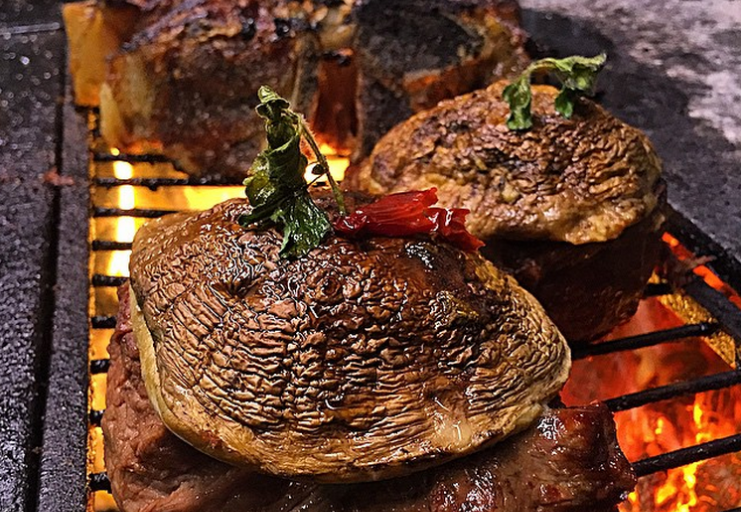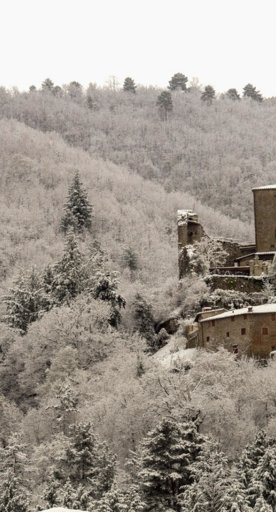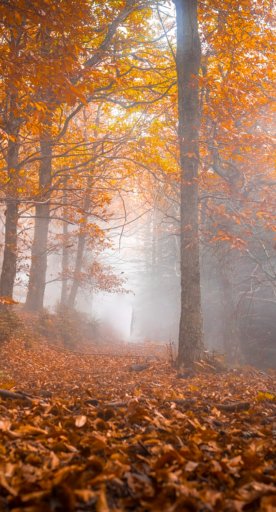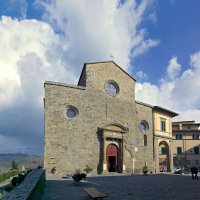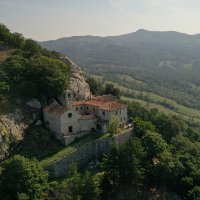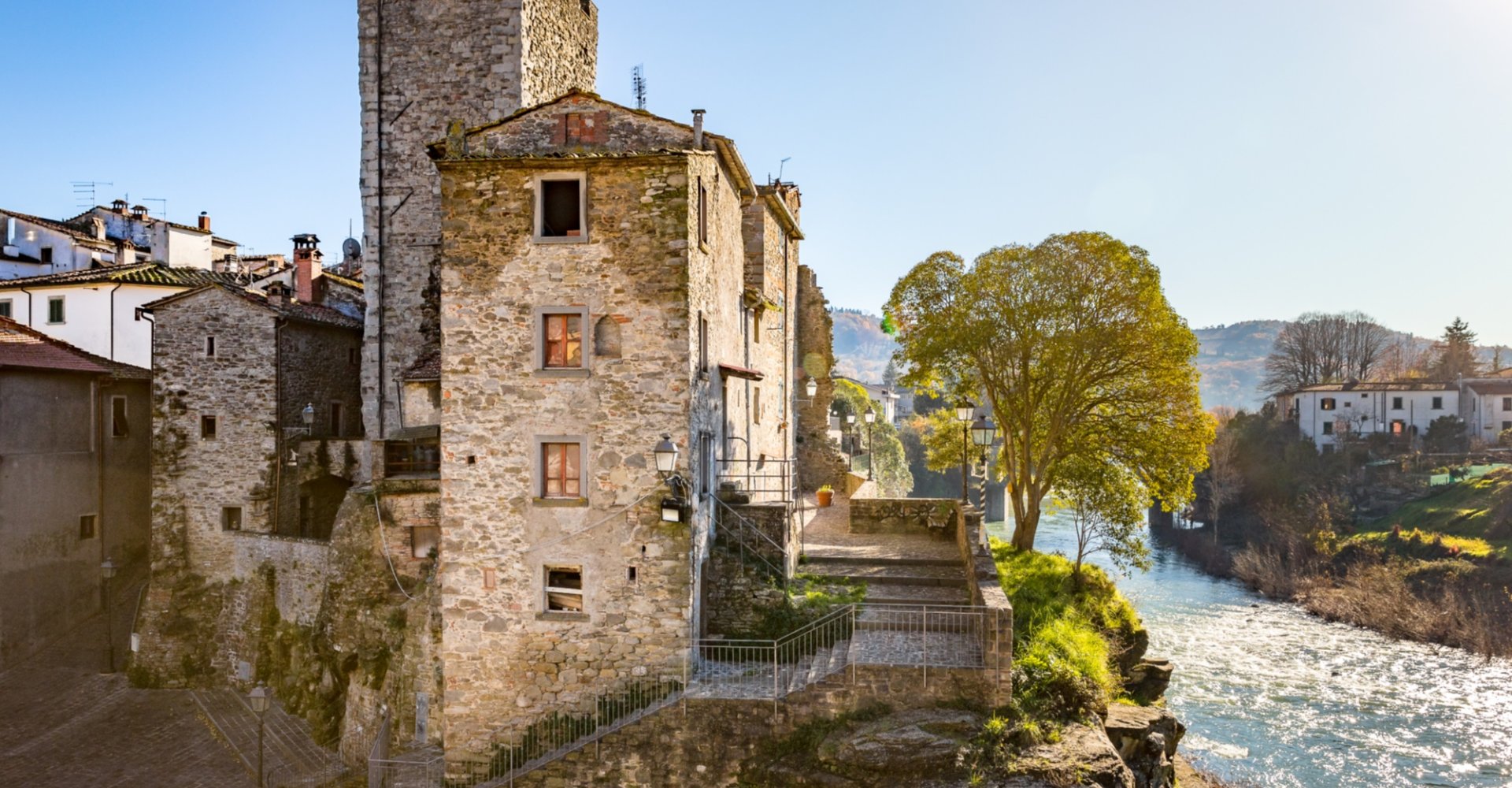

Carnival in Casentino
Color and entertainment from Subbiano to Bibbiena
The word “carnival” derives from the Latin carnem levare that is “to eliminate meat”, since in ancient times it described the banquet held before the Lent period during which no one was allowed to eat meat.
As older Casentino people recall, for example, in the 1940s, the rural Carnival feast took place in the large kitchens of the farms adjoining the main villages.
In turn, the larger farms hosted “the Carnival ball”. In the peasant world of the last century, this occasion was comparable to an exchange between those who gave hospitality and those who brought joy and merriment with song and dance. A pretext for escape from daily difficulties, today’s masks did not exist. For dinner, bread with oil, if there were sausages and a generous sweet polenta, the farmer’s wine strictly red, and if it was a lucky night Vin Santo was also offered. Traditional desserts were: royal pastry, ciambellone (a type of doughnut), and sometimes fritters or cenci (Tuscan frappe). Live music with accordion and squeezebox; dances, such as quadrille, tango, and waltz the most popular.
Today in Casentino each municipality celebrates Carnival in its own way, but colors and the desire to have fun unite the festivities throughout the territory.
The first valley of the Arno is indeed rich in beautiful traditions related to Carnival, which the inhabitants lovingly and tenaciously reintroduce to us with all their symbolic baggage and cultural value: Subbiano, Rassina, Stia with parades of floats and the historical reenactment of Mea in Bibbiena.
-
1.Carnival in Rassina
-
2.Carnival in Bibbiena
-
3.Carnival in Subbiano
-
4.Carnival in Stia
Carnival in Rassina
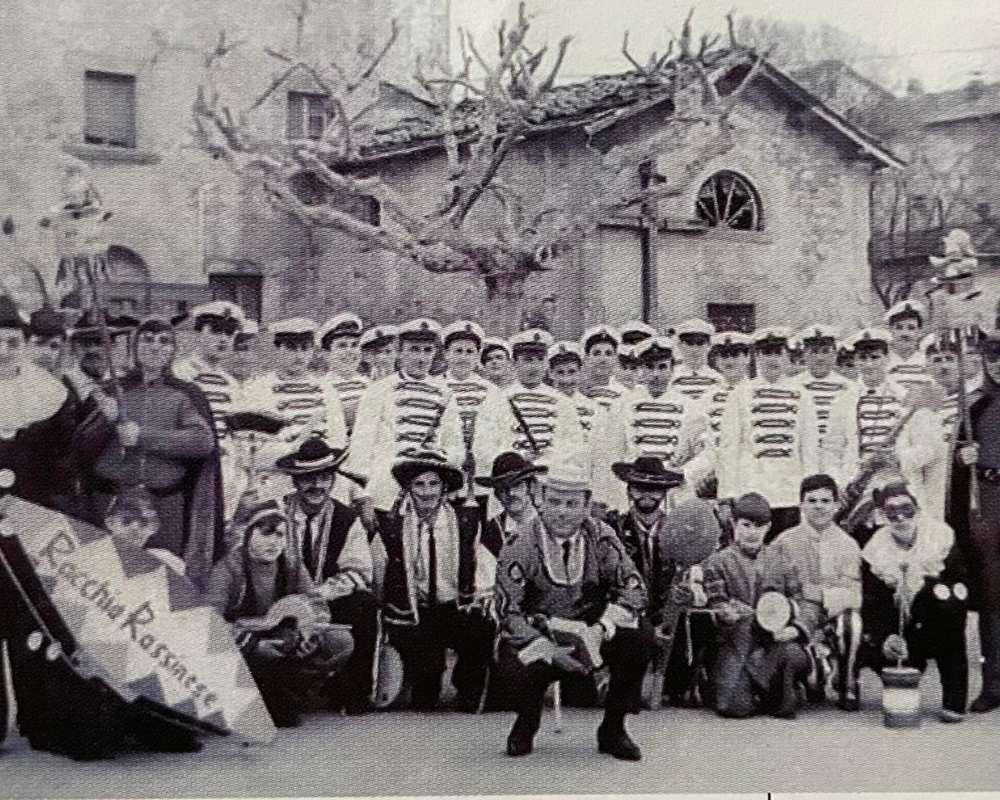
The traditional Carnival in Rassina, in the municipality of Castel Focognano, was born as a village festival from the idea of a group of friends who were able to gather about fifteen organizers since 1959, thus becoming the promoters of the Carnival festival. Everyone in the village immediately engaged in building the first two historical floats (the ship and the toy train) with salvaged materials. Later, to renovate and build new floats, materials were recovered from Viareggio, Foiano della Chiana and Anghiari. To make the parade more and more beautiful and scenic in the following years, other floats and various animations were included: from Disney characters to superheroes.
The Carnival of Rassina has maintained the “historical” characteristics and the same desire for fun as in the past. A characteristic event is the cuccagnata, on the last Sunday of Carnival, at which quintals of cannelloni topped with sauce are served free of charge.
The dates for the 2024 Rassina Carnival are: January 28, February 4 and finally February 11 with free cuccagna for everyone!
Carnival in Bibbiena

At the center of the Carnival celebrations of Bibbiena is a local legend: the story goes that the beautiful washerwoman Bartolomea, known as “Mea” and betrothed to the weaver Cecco, while returning to the castle with her laundry, crossed paths with the young Tarlati, son of Count Piero, resulting in an idyll between the two. Cecco the weaver, feeling abandoned, set out in search of the truth and learned of the secret affair. Violent clashes ensued between the gentlemen’s quarter, the Piazzolini quarter, and the working-class Fondaccini quarter.
The wise Count Tarlati, to prevent further harm to his people, gathered everyone to the center of the village, bringing the two factions together. In front of everyone, he returned Mea to the Fondaccio and his Cecco, thus ending all discord.
Once Mea was returned to its people, as a sign of joy, the “Pomo” of peace was burned in the square. In remembrance of this and other events, between legend and history, every year in Bibbiena, on the last day of Carnival, the so-called “Bello Pomo” is burned, and people flock from the countryside to witness it, and the Mea is chosen from among the village’s adult girls.
Carnival in Subbiano
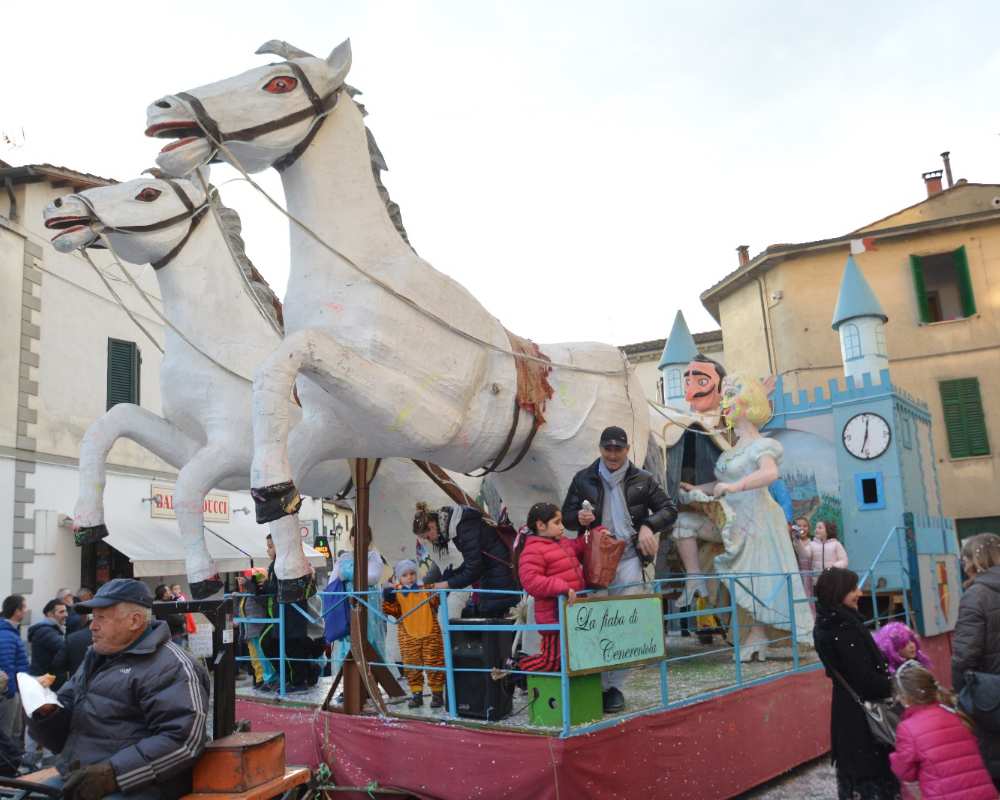
On Sundays of January 28 and February 4, 11, 2024, the historic center of Subbiano will be transformed for the Children’s Carnival, which has been cheering and entertaining young and old for more than twenty years.
The event features a fun series of free events along the entire Carnival circuit. From 2 p.m. the parade of floats through the streets of Subbiano starts, accompanied by folk and music bands, performances with dancing and masks.
On Carnival Sundays: tasting of typical local dishes including ciacce (Tuscan focaccia), fritters, sandwiches with porchetta and barbecued sausage, roasted chestnuts until the final day with the cuccagna when macaroni with sauce and wine free of charge for everyone will be distributed. The “cuccagna” ends with the funeral of King Giocondo who, escorted by children with striking lanterns, accompany him to the traditional bonfire in the main square.
Carnival in Stia
The ancient Carnival in Stia began in 1889 with floats and costumed groups. During the last Sunday, the Maschera d'Oro (Golden Mask) contest is held, which awards prizes to the best individual masks and groups. The Stia Carnival is characterized by the numerous and fine workmanship of the costumes and floats and the participation of people of all ages.
Further information on the events in Casentino are available on the website casentino.it


